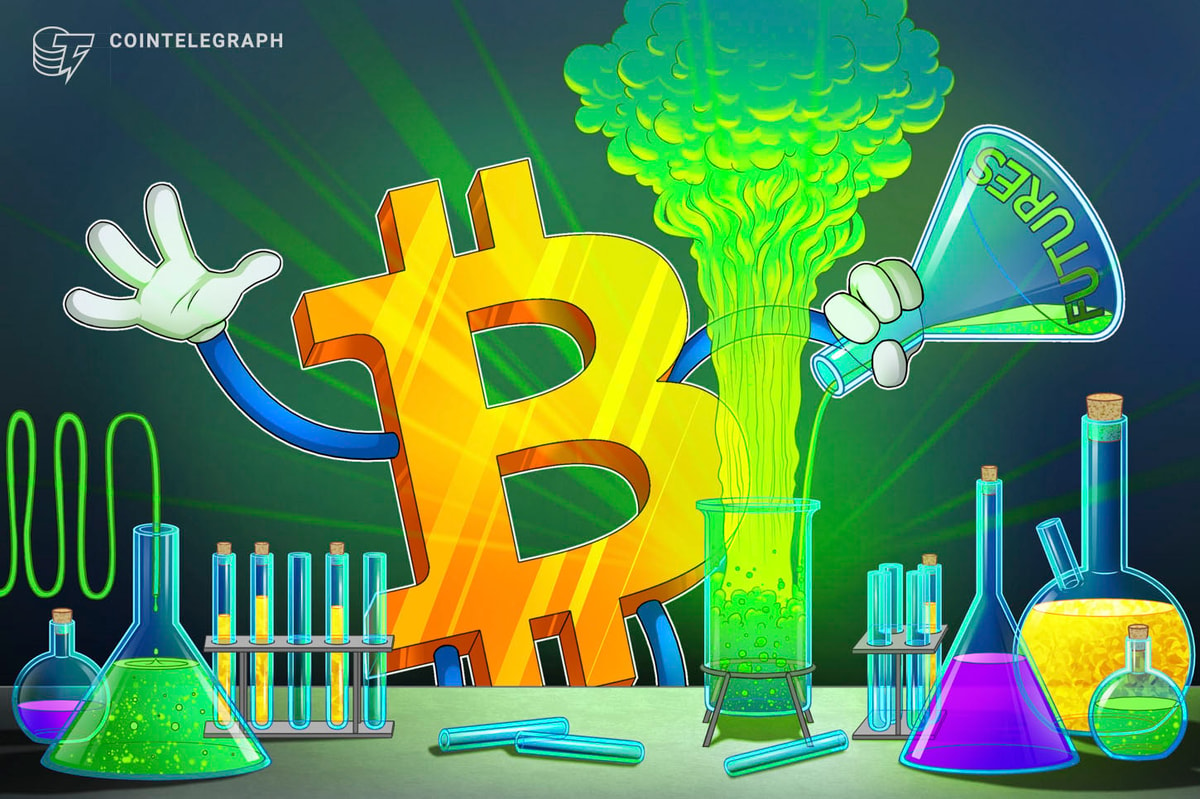
Benefiting from the record high cash liquidity scale in the crypto market, there is still some probability that the crypto market will usher in another "true altcoin season" after the interest rate cut in December and the possible interest rate cut next year. However, considering the increasingly clear high interest rate environment, the possibility of liquidity seeping into altcoins in the crypto market has been significantly reduced, and the so-called "altcoin season" is more likely to be driven by contracts rather than spots.

“Value Storage” and “Value Expansion”
Whether it is the crypto or the traditional market, the market cycle law based on liquidity expansion and contraction still plays a crucial role. Before crypto assets became widely part of investment portfolios, investors had already formed a complete investment system based on economic cycles.
- The recovery of the economic cycle is usually first reflected in underlying assets that are highly linked to the macroeconomy; during the interest rate cut cycle, as interest rates decline, the yield of government bonds decreases. Investors withdraw liquidity from the money market and invest in the gold and index ETF markets. Gold and index ETFs have relatively low volatility and risk and potential return levels higher than government bonds, which are relatively attractive to institutional investors and even central banks.
- After sufficient liquidity flows into the "value storage assets" markets, the marginal revenue of gold and index ETFs begins to decline gradually. Investors are unsatisfied with the decreasing profit margin. As a result, they choose to invest some of their principal and realized profits in relatively volatile underlying assets such as copper, crude oil, and individual stocks to obtain higher potential returns.

Gold to Oil Ratio. Generally speaking, crude oil performs relatively better in recovery and expansion cycles, and the opposite in liquidity contraction cycles. Source: macrotrends.net
- At the end of the interest rate cut cycle and the beginning of the interest rate hike cycle, investors first choose to sell high-volatility assets, take profits and withdraw liquidity. Then, as the risk-free interest rate and bond yield rise, the attractiveness of low-volatility risk assets gradually decreases, and liquidity flows back to the money market, waiting for the start of the next interest rate cut cycle.
Assets with lower volatility usually have relatively high liquidity-carrying capacity and weaker speculative attributes. In contrast, assets with higher volatility usually have lower liquidity-carrying capacity and stronger speculative attributes. Therefore, assets with lower volatility are generally regarded as "value storage assets", while assets with higher volatility are regarded as "value expansion assets".
Let's turn our attention back to the crypto market. Although BTC has a volatility level that gold and stock indices cannot match, BTC's volatility is somewhat inferior compared to other crypto assets. Considering that BTC is highly integrated with the global market and is already a "macro asset" certified by Bloomberg, it can be regarded as a "value storage asset" within the crypto market. Of course, stablecoins can also be considered a "value storage asset\










